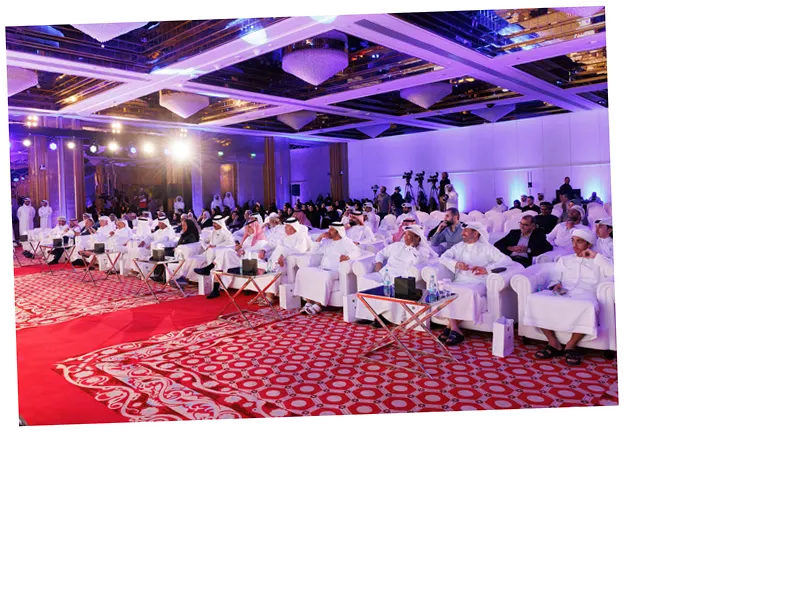The MENA region's healthcare market is growing rapidly, driven by increased spending and demand for services.
There is a significant disparity in healthcare spending and access between wealthier Arab nations and those with fewer resources.
Government initiatives and strategic plans, such as Saudi Arabia's Vision 2030 and Qatar's National Health Strategy, are pivotal in shaping the future of healthcare in the region.
Healthcare spending in the MENA region is likely to continue its upward trajectory, potentially reaching $412 billion by 2032.
The privatization of healthcare services in countries like Egypt may lead to increased costs and access challenges for lower-income populations.
Technological advancements and digital health services will play a crucial role in improving healthcare access and efficiency across the region.
Overview of Healthcare Spending in Arab Countries
In 2023, the healthcare services market in the Middle East and North Africa (MENA) region was valued at approximately $227 billion, with projections indicating growth to $241 billion in 2024 and $412 billion by 2032. This growth is attributed to increased healthcare spending, rising demand for services, and government initiatives aimed at improving access to healthcare. The Gulf Cooperation Council (GCC) countries are expected to see healthcare spending reach $135.5 billion by 2027, highlighting the region's commitment to enhancing health services.
Key Spending Insights from Arab Nations
-
Saudi Arabia: With a per capita health spending of $3,029 and a health budget of $23 billion for 2024, the Saudi government prioritizes healthcare under its Vision 2030 initiative, aiming to invest over $65 billion to develop healthcare infrastructure and privatize services.
-
Qatar: Qatar's health budget for 2024 stands at $6 billion, with a per capita spending of $2,952. The National Health Strategy 2024-2030 aims to create a health-focused society through clinical excellence and sustainability.
-
United Arab Emirates (UAE): The UAE allocates $1.36 billion for healthcare in 2024, translating to a per capita spending of $4,065. The country is advancing towards digitizing healthcare systems and integrating artificial intelligence into healthcare services.
-
Oman: Oman’s health budget for 2024 is $2.73 billion, with per capita spending at $1,646.6. The government is increasing its health sector budget to enhance public health services.
-
Kuwait: Kuwait's health budget is set at $8.9 billion for 2024, with a per capita expenditure of $2,908.3. The country emphasizes healthcare spending as part of its Vision 2035 strategic development plan.
-
Egypt: Egypt's healthcare budget for 2024 is $10 billion, with a per capita spending of $615. The country faces challenges such as a shortage of hospital beds and a new law allowing privatization of public hospitals, which raises concerns about access to healthcare.
-
Algeria: Algeria's health budget for 2024 is $6.35 billion, with per capita spending of $672.25. The country is grappling with shortages in medicines and healthcare staff.
-
Morocco: Morocco allocates about $3 billion for health in 2024, with per capita spending of $515.76. The government aims to address healthcare challenges through increased funding and resource management.
-
Jordan: Jordan’s health budget for 2024 is $1.08 billion, with per capita spending of $738.52. Despite a developed health system, the country faces governance and resource challenges.
-
Tunisia: Tunisia's health budget is $1.25 billion for 2024, with per capita spending of $784.1. The health sector budget represents 5.5% of the state's general budget, reflecting a commitment to public health.
Global Context
Globally, healthcare spending reached $11.3 trillion in 2022 and is expected to rise to $19 trillion by 2028. In high-income countries, average individual spending on health is around $4,000, with the United States leading at $12,555 per capita. This context underscores the varying levels of healthcare investment and the disparities that exist within the Arab world, particularly between wealthier nations and those facing economic challenges.





